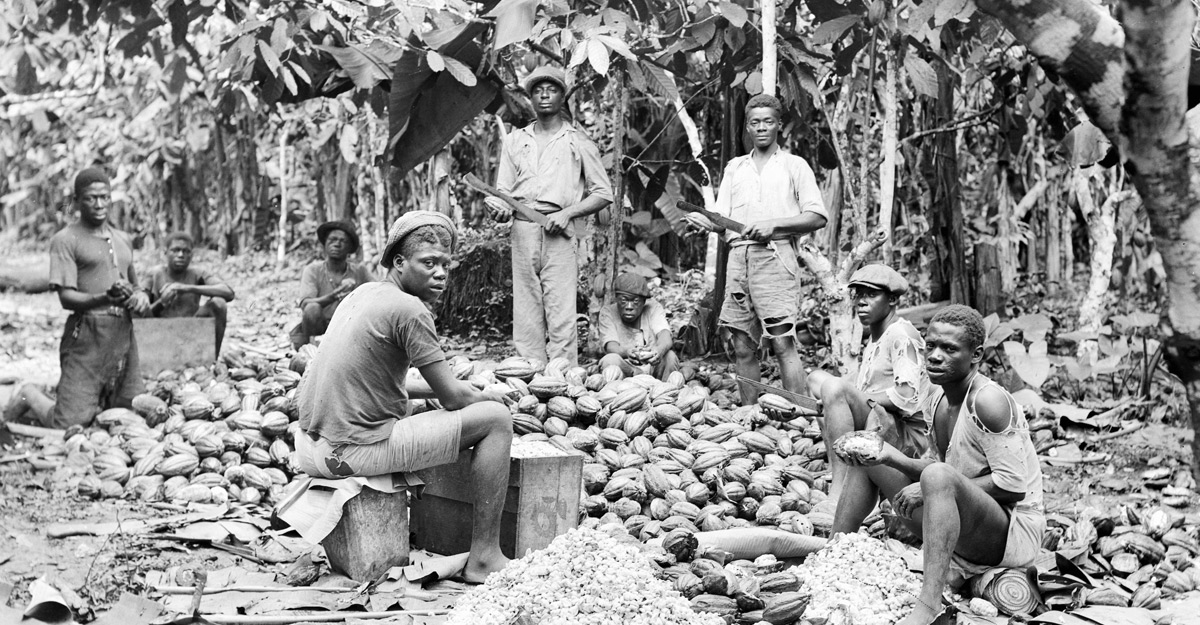It is said, “History is the interpretation of the significance that the past has for us”. One such significant event is the famous Underground Railroad. Despite its popularity, some might wonder what the Underground Railroad was. Well, first, it was neither underground nor a railroad. Set sometime in the 1800s, what caused the Underground Railroad was the yearning for freedom by enslaved African Americans.
Though no exact figures are recorded, an essay about slavery and the Underground Railroad reveals that over 100,000 people were emancipated. To better understand all the facts, there are several thesis statement examples for the Underground Railroad and similar remarkable historical events. These documentaries and research works serve as beacons to enlighten students on issues they wouldn’t otherwise know about, changing how they approach the world.
What was the Underground Railroad: A Brief History
Since the founding of the United States of America, sometime in the late 1700s, human slavery has gained predominance. The victims of the practice were Africans and African Americans in the South, where it was most prominent. By 1770, over 18% of the colonial United States population was black. These enslaved Black people worked as craftsmen, laborers, artisans, and house servants.
The first of the Fugitive Slaves Acts was passed in 1793. This legislation empowered local governments to arrest and send escaped slaves back to their masters and punish accomplices. Fifty-seven years later, the Southern States deemed the law inadequate and demanded a stronger amendment. The amendment came from the much more stringent Fugitive Slave Act of 1850.
So, countries like Canada, at the same time, protected all the fundamental freedoms of Blacks. Among others, they had the right to reside anywhere, the right to personal liberty, and the right to dignity and franchise. Towards the beginning of the 19th century, a network of abolitionists and free African Americans had begun. Its sole aim was to facilitate the escape of enslaved Blacks into free states – and then into Canada, Mexico, and the Caribbean, where slavery had been abolished.
How did the Underground Railroad Help Slaves?

As early as 1786, George Washington reported an attempt by the Quakers to free one of his slaves. The group would, later on, establish a network of escape routes for slaves in North Carolina and Philadelphia. Another sect that assisted in the effort was the African Methodist Episcopal Church.
As earlier said, the network was neither a railroad nor set underground. But, loyalists often shrouded their language in railroad metaphors. Those who guided the enslaved were known as “conductors”. Hideouts were called “stations”; most of these “stations” were owned by “station masters,” and the escapees were known as “passengers” or “cargo”.
As a result of the associated danger, much of the journey took place in darkness or disguise. The escapees traveled from “station” to “station”, often with about 15 kilometers between each stop. The Underground Railroad extended in all directions throughout 14 Northern States and into border countries – away from the reach of bounty hunters. An estimated 100,000 enslaved people are said to have escaped by 1850.
People Who the Underground Railroad Helped
There is no exact answer as to who created the Underground Railroad. But, the network secured the freedom of thousands of African Americans.
Frederick Douglass
Born into slavery in 1818, Douglass never knew his father and barely knew his mother – who died in his childhood. Irrespective of his difficult background, he taught himself to read and write, realizing the association between literacy and freedom. In 1838, after a previously failed attempt, Douglas escaped from slavery. Arriving in New York City, he declared himself a free man. Douglas eventually became an ardent abolitionist and freedom fighter, helping people on the Underground Railroad.
Harriet Tubman
Christened Araminta Ross at birth in 1822, she adopted the name “Harriet”. She took the name Tubman after her marriage to John Tubman. Harriet escaped from a Maryland plantation in 1849 and went to Pennsylvania. She later made over 10 trips to Maryland to help her friends and family gain freedom. Tubman eventually led so many others to safety that she earned the alias “Moses”.
The Underground Railroad in the Movie Industry
Given the sensationalism of the Underground Railroad saga, several movie directors have based the plots of their movies on its events. Most of these films portray some inconsistencies with the true research account.
1. The Underground Railroad (2021)
The Underground Railroad is a series based on the lives of two fictional characters – Cora Randall and Caesar Garner, who were slaves in the Deep South. It follows their harrowing trip in pursuit of freedom with a desperate slave hunter on their tail. The movie is adapted from the novel of the same title, written by Colson Whitehead.
2. Harriet (2019)
Named after Harriet Tubman, this historical drama narrates a slave’s escape, freedom, and transformation into one of America’s greatest heroes. It makes a commendable effort to bring Tubman’s story to the big screen and details the struggles of a woman who altered the course of history.
3. Underground (2016)
Starring Jurnee Smollett, Aldis Hodge, and Jessica De Gouw, this two-season series tells the story of Noah, a courageous blacksmith. In the movie, he inspires the escape of a band of slaves in Georgia via the Underground Railroad. The looming Civil War only contributes to the daring of their quest. The movie won three awards and received 17 other nominations after its release.
Final Thoughts
The Underground Railroad is one of the most significant pieces of U.S. history. While no one can adequately answer “When did the Underground Railway start?”, it is generally believed that the network seized its “underground” operations around 1863, during the American Civil War. This was because it was important then, more than ever, to make overt efforts to defeat the Confederacy.
Again, abolitionists like Harriet Tubman, Frederick Douglass, Harriet Stowe, Reverend Leonard Grimes, and Lewis Hayden, among others, played essential roles. The Underground Railroad offers a lesson in unity, equality, and commitment to freedom and justice to activists and students worldwide.


 The Underground Railroad (TV Show – 2021)
The Underground Railroad (TV Show – 2021) 




